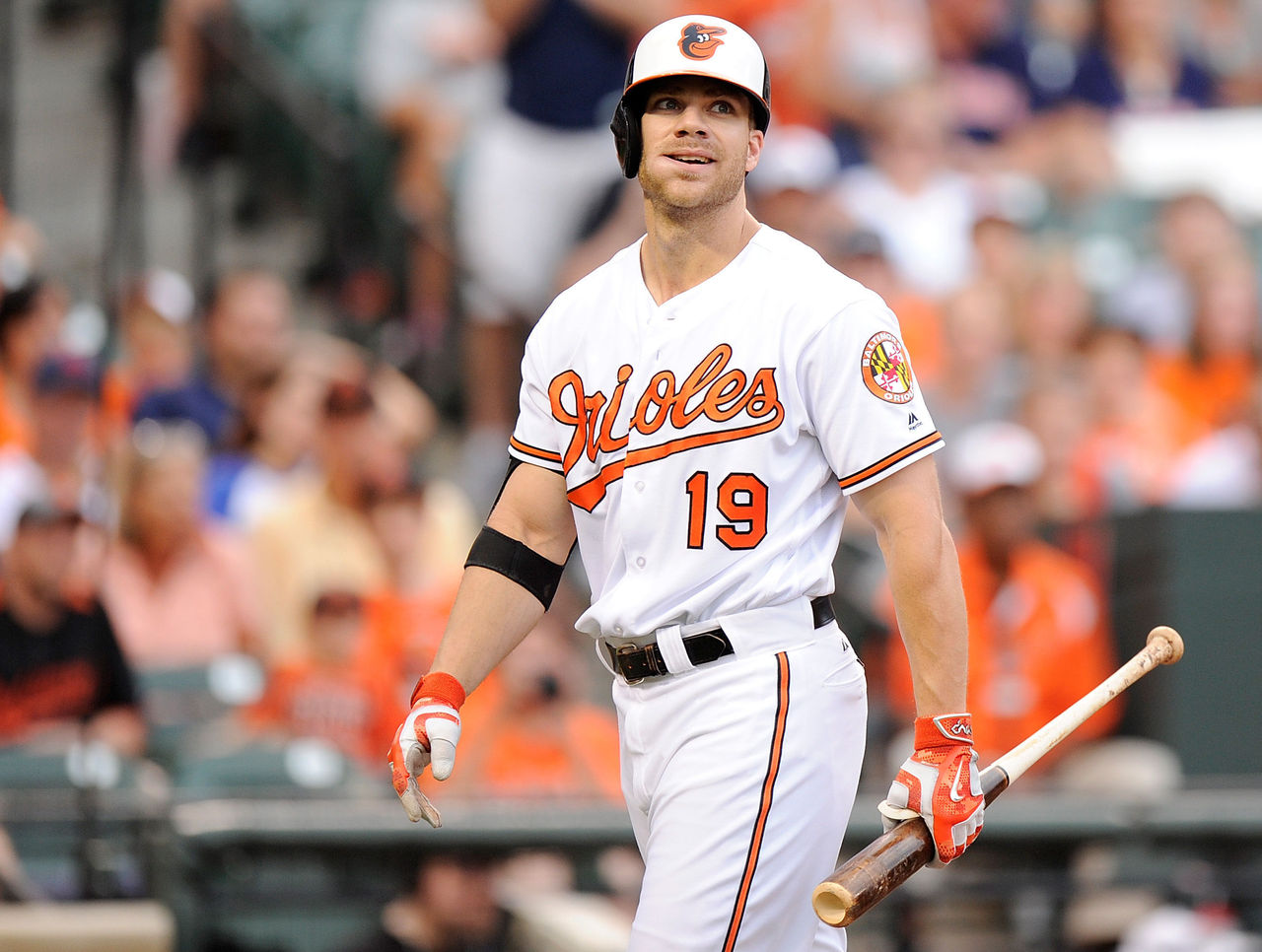The cold, hard facts about early season weather and your fantasy team
Follow theScore's fantasy feed on Twitter (@theScoreFantasy) for the latest news, features and more.
There is a perception that some players literally take longer to heat up at the beginning of the season -- a product of the cold temperatures and inclement conditions accompanying some northern MLB outposts in April. They may have a point.
In a 2013 academic study, Brandon Lee D. Koch and Anna K. Panorska from the University of Nevada found that from 2000 to 2011, performance in a number of key statistical areas improved significantly in games with a temperature above 83 degrees (mid-summer) compared to games with an estimated temperature below 60 degrees (many of those games occurring in April).
The fantasy takeaway from this piece is that batting average, runs, runs batted in and home runs all improved in warmer weather by as much as 20 percent. The most commonly cited explanations suggest cold baseballs leave the bat at slower speeds, and the batter's reaction time is hindered by low body temperature.

If we're specifically looking at how weather impacts a player's early-season production, the easiest thing to do is solely examine home games; road schedules are unpredictable year-to-year and may include several series in southern climates such as California, Texas and Florida.
Eliminating home teams with retractable or fixed roofs, there are 14 teams in 12 locales that can be collectively considered "cold weather cities": Baltimore, Boston, Chicago (Cubs and White Sox), Cincinnati, Cleveland, Colorado, Detroit, New York (Mets and Yankees), Minnesota, Philadelphia, Pittsburgh and Washington.
Let's take one fantasy-relevant player from each of those teams and look at how certain indicators of fantasy value at the plate -- batting average (BA) and isolated power (ISO) -- change over the first three months of the season. The statistics below represent data from home games over the past three seasons, per Fangraphs.
Each player's best month is in bold. First, batting average:
| PLAYER | MARCH/APRIL BA | MAY BA | JUNE BA |
|---|---|---|---|
| Chris Davis (BAL) | .269 | .184 | .234 |
| Xander Bogaerts (BOS) | .250 | .406 | .292 |
| Anthony Rizzo (CHC) | .291 | .296 | .323 |
| Jose Abreu (CWS) | .269 | .300 | .323 |
| Jason Kipnis (CLE) | .232 | .383 | .313 |
| Billy Hamilton (CIN) | .189 | .293 | .278 |
| Carlos Gonzalez (COL) | .258 | .339 | .380 |
| Ian Kinsler (DET) | .295 | .319 | .270 |
| Joe Mauer (MIN) | .301 | .286 | .247 |
| Curtis Granderson (NYM) | .173 | .241 | .298 |
| Jacoby Ellsbury (NYY) | .295 | .273 | .305 |
| Odubel Herrera (PHI) | .284 | .231 | .257 |
| Starling Marte (PIT) | .280 | .263 | .373 |
| Anthony Rendon (WAS) | .276 | .287 | .291 |
And ISO:
| PLAYER | MARCH/APRIL ISO | MAY ISO | JUNE ISO |
|---|---|---|---|
| Chris Davis (BAL) | .288 | .206 | .285 |
| Xander Bogaerts (BOS) | .076 | .224 | .124 |
| Anthony Rizzo (CHC) | .136 | .230 | .298 |
| Jose Abreu (CWS) | .277 | .215 | .213 |
| Jason Kipnis (CLE) | .161 | .250 | .145 |
| Billy Hamilton (CIN) | .099 | .129 | .122 |
| Carlos Gonzalez (COL) | .203 | .241 | .352 |
| Ian Kinsler (DET) | .114 | .199 | .135 |
| Joe Mauer (MIN) | .103 | .082 | .116 |
| Curtis Granderson (NYM) | .072 | .234 | .221 |
| Jacoby Ellsbury (NYY) | .078 | .121 | .124 |
| Odubel Herrera (PHI) | .054 | .128 | .095 |
| Starling Marte (PIT) | .144 | .145 | .127 |
| Anthony Rendon (WAS) | .103 | .181 | .188 |
While the general trend continues to support the evidence that a batter's job becomes easier toward the beginning of summer, it's clear there's no one-size-fits-all rule. Three players -- Davis, Mauer and Herrera -- hit for their best home game batting average in April; Davis and Abreu both had a higher ISO at home in April, despite the sometimes wintery conditions in Baltimore and Chicago.
While May is generally warmer than April, June starts to see the type of warmth that Koch and Panorksa's data demonstrates is ideal for offense. Why then did half our sample hit for a higher ISO in May than in June?
While the overall population of batters hits better, there will always be those who buck the trend. You can't look too deeply into an individual player's stats for an edge in fantasy. Temperature can correlate with a hitter's fantasy production, but it is never the sole cause.
If a fantasy stud in a cold weather city gets off to a sluggish start, it could certainly be related to the weather outside, but it may also have to do with changes to plate approach made in the offseason, a lingering injury, the quality of the opponent's pitching, park factors or dozens of other indirect factors.
It's always smart to take a patient approach with struggling hitters. It's no shock to see a star hit his top form by midseason. It would be unwise to cite temperature data as the only reason for making a fantasy trade. Instead, consider it one of many factors that has an impact on a batter's statistical output, and weigh it appropriately along with other contextual clues.